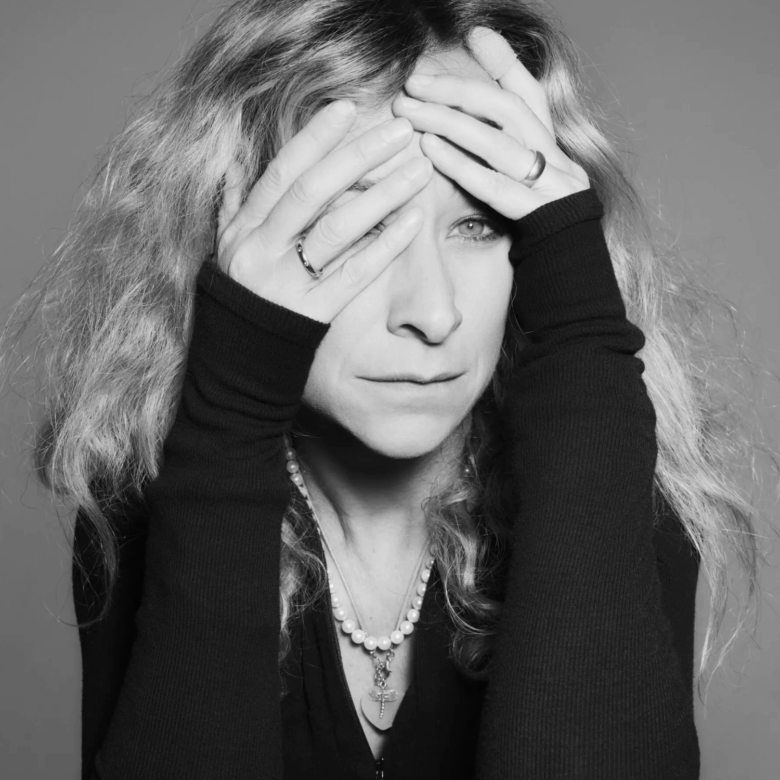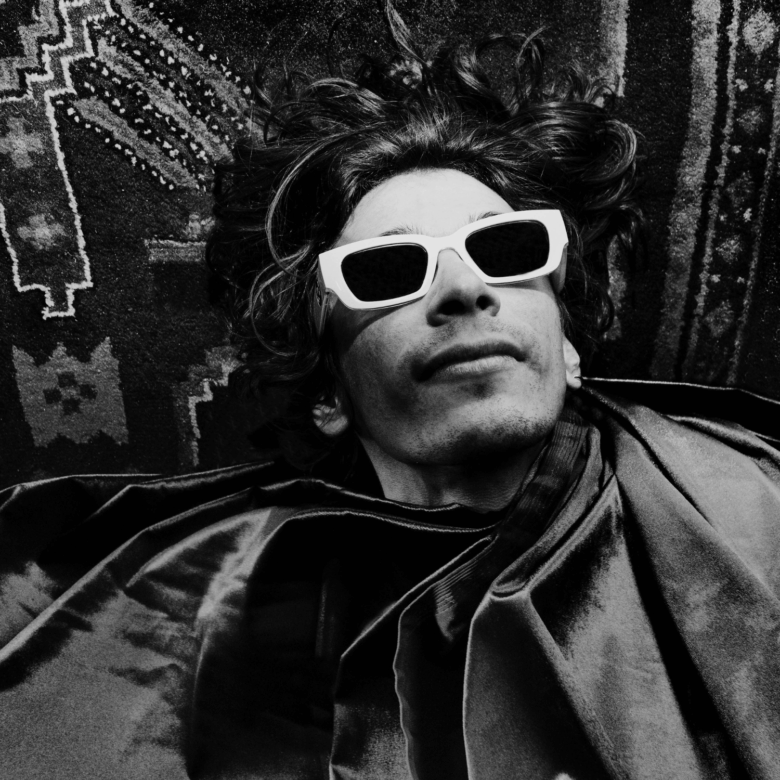Leah Wood on her new collection and why we need to reconnect with nature
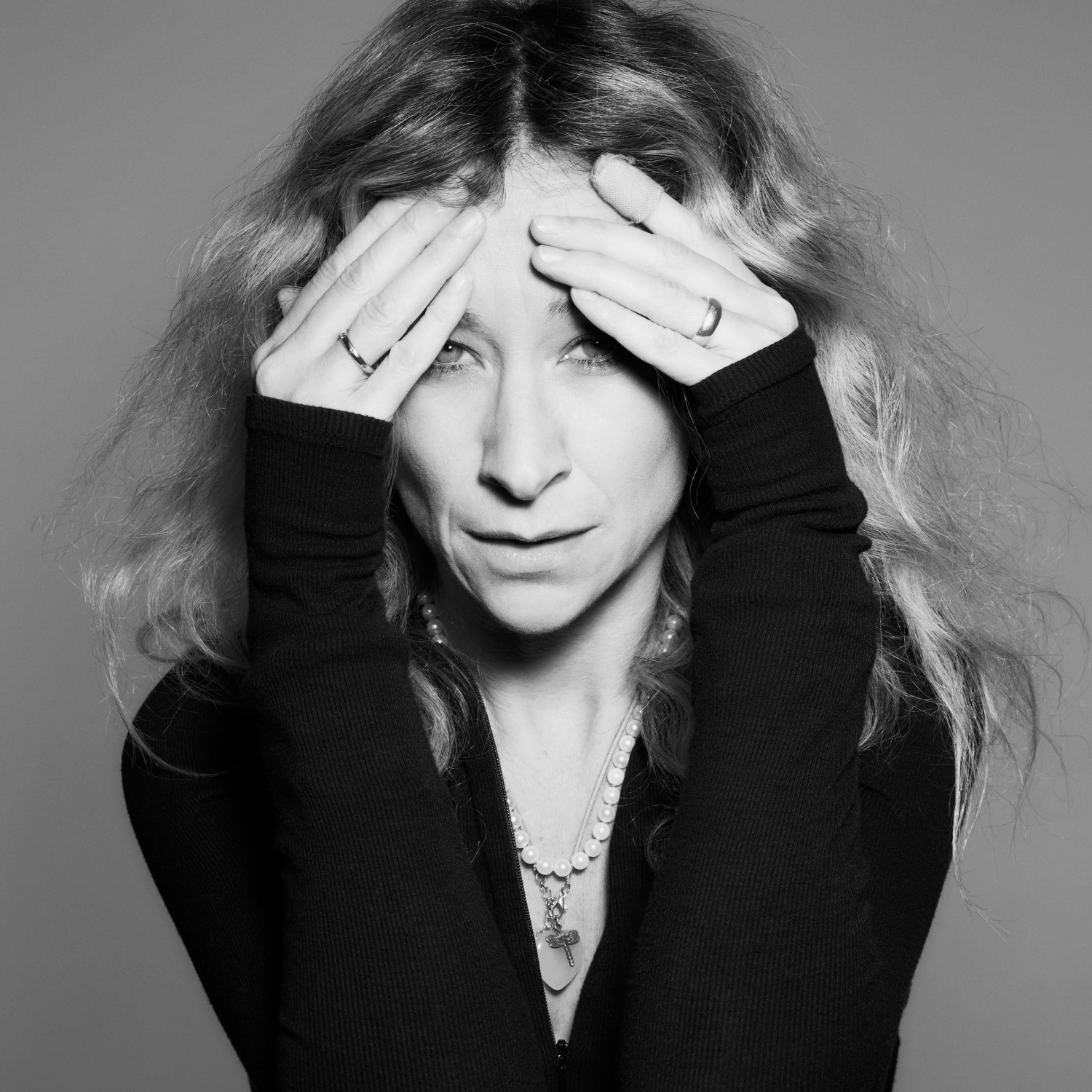
As the saying goes, “When a man is tired of London, he is tired of life”. Leah Wood would have to disagree. For the singer, artist and model, there’s far more to life than the starry constraints of the capital. Instead, relocating to the countryside has brought the natural world into inspiring focus. In her new collection with Jemma Powell, entitled Tracing Time — which is exhibiting at The Roof Gardens, Kensington from 17 to 26 October for Frieze week — Wood depicts the changing seasons through empty branches and lush gardenscapes, while Powell captures the city skyline in subtle, layered oils. Wood’s particular brand of bohemianism focuses on an old-school connection to nature and a meditative emphasis on the present.
Partnering with TimeGivers — a charity providing children with increased access to volunteering opportunities that help their community and the planet — Wood echoes the need to ensure the next generation stays connected to the earth. “I’m super grateful I grew up not having a phone,” she says. “It cheats you out of life.” The attention Wood gives an individual plant or scene, marking them out in bold, gestural strokes gives her works an almost childlike joy and innocence. At the heart of her practice sits a similarly simple message of care: “Everyone’s got to go back to their roots and think about nature a little bit more,” Wood tells me from her garden studio. “Mother nature is strong, we’ve seen that with tsunamis, hurricanes and blizzards, but we think we’re much bigger than [her]. It’s all about respect at the end of the day.”
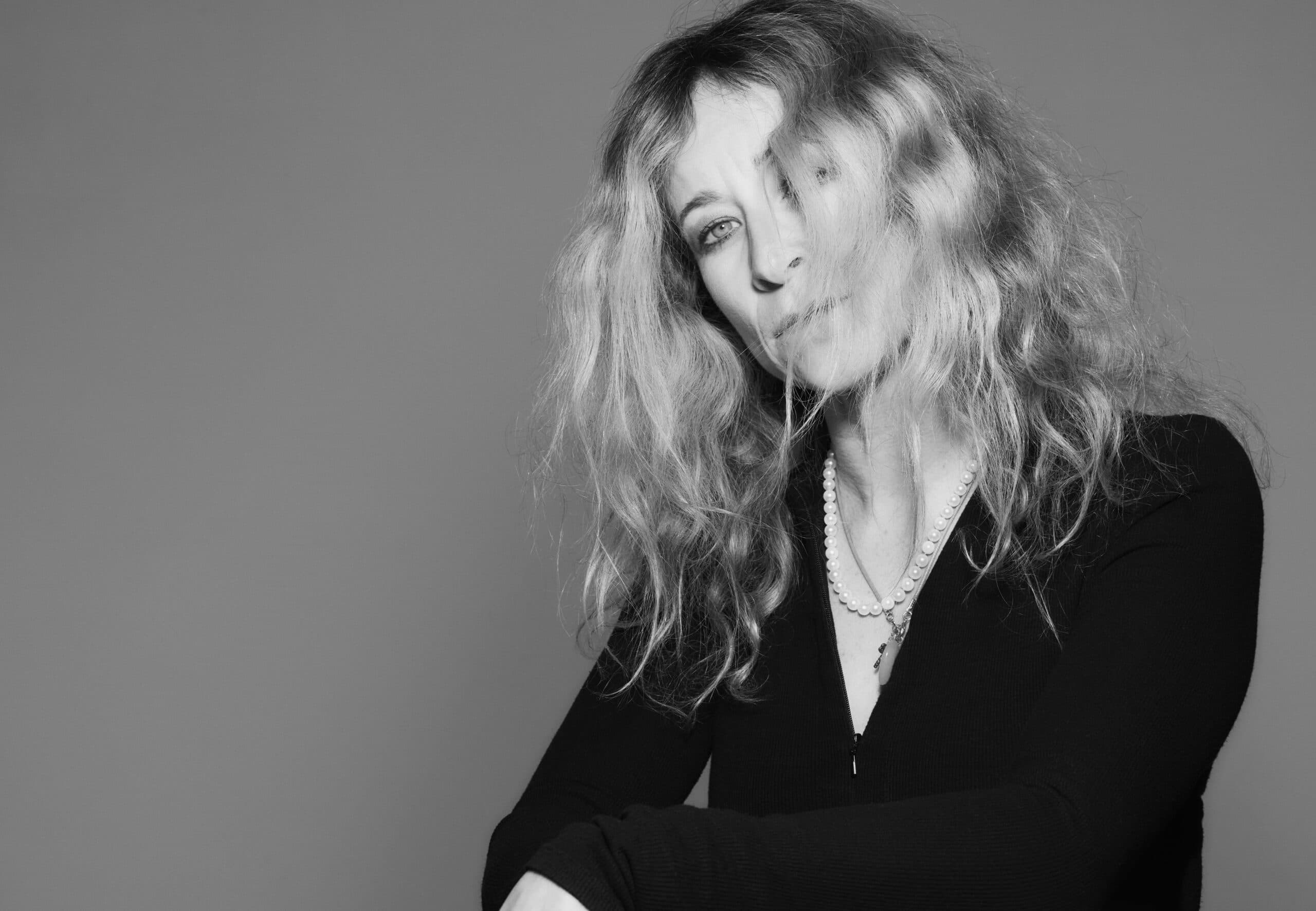
Behind the warming garden scenes and three-dimensional flowers you can almost smell, there’s a playful embrace of technical skill as Wood experiments with texture, colour and material to sculpt and sketch something close to her new surroundings. The collection, she explains, examines how “the landscape changes with the seasons and how it brings different emotion and feeling. I tried my best to portray that in my works”. And looking at the new collection, it’s clear Wood’s roots in the natural world run deep.
What was it that connected you to the countryside over the city?
I live in the countryside so it’s part of me now. I take my dogs out walking everyday. [There’s] the constant reminder that nothing stays the same. It’s quite beautiful to see the change in the landscape with the trees losing their leaves and the blossom coming to play in the spring. It’s all very impermanent. You’ve got to go with the flow.
I love to look at the world around me, or go for a walk in the woods and feel how the oxygen is different. It’s all part of who I am and what I love. I’m passionate about trees because they’re not these brown things with green leaves — they’ve got roots that go underground and they communicate with each other. Some trees have been there for a thousand years which is why I’m so passionate about the rainforests being cut down. As human beings, we gravitate to money and all this bullcrap these days. Everything’s about money and greed, no-one’s thinking about what will happen if they cut down a percentage of the rainforest — [what that will do to] the ozone layer.
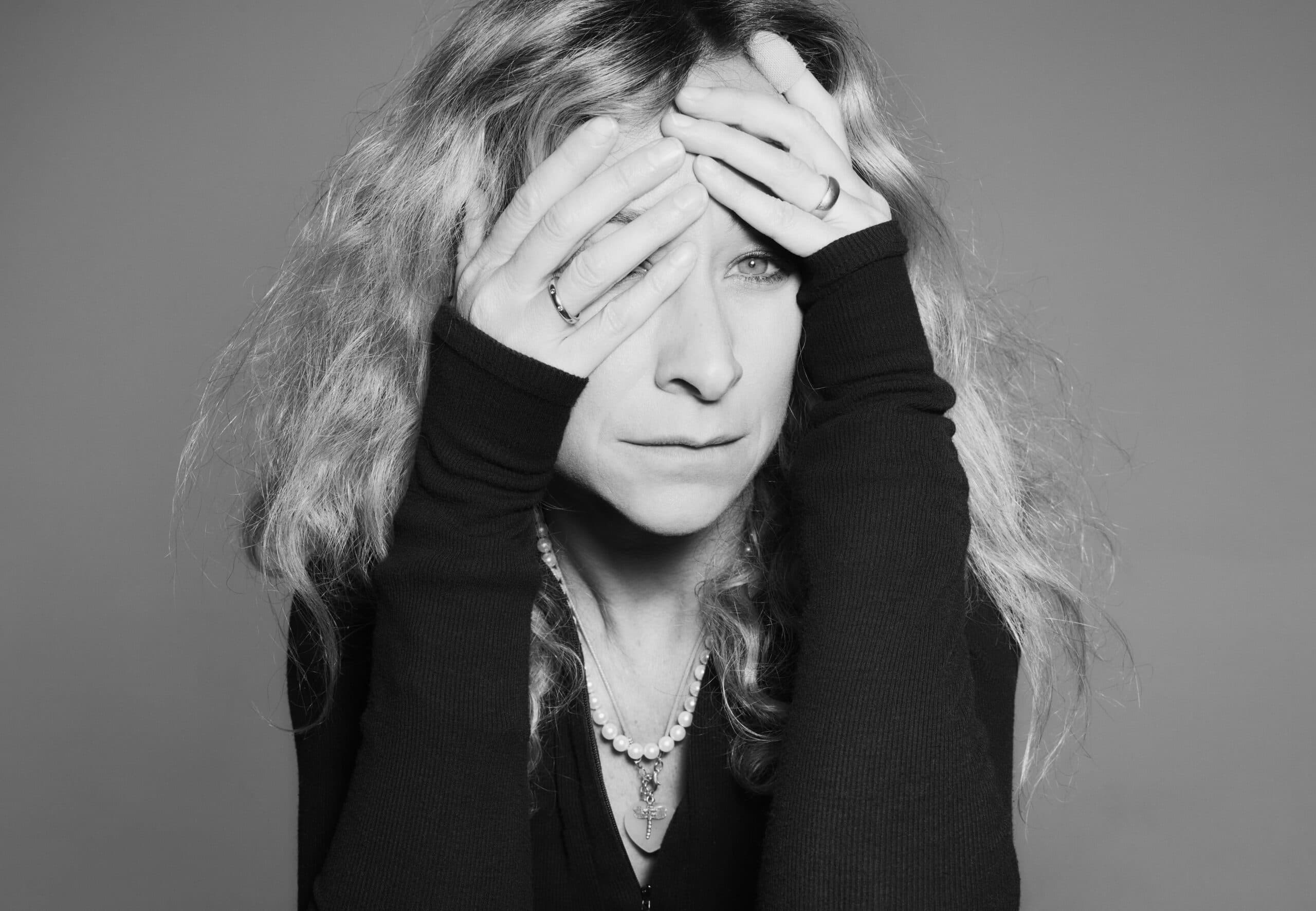
Are you new to living in the countryside? How’s it been adapting to the change of pace?
I grew up everywhere, really. The countryside — to live in, as an adult — is new. Bringing up my children in the countryside is completely new. But I think I’ve adapted quite well and I really love it. I wouldn’t move back to the city for anything. I’ve done the city in my teens, twenties [and] thirties. Change is good for me. I’ve had chickens, peacocks, goats — you name it. The peacock died, obviously, and the goats went back to their rightful owners. Maybe I’m not such a country girl to keep goats and chickens, but at least I’ve tried. I’m going to stick with dogs.
Where do you think this passion for the natural world comes from?
I travelled quite a lot in my youth and got to see quite a lot of the world — whether that was looking out of an aeroplane window or being in a different country and experiencing their climate or landscape. I don’t want to take it for granted. I think that’s shaped me as an artist. It’s such a nice thing to be able to portray a blossom tree and put it down on canvas or draw it in charcoal.
I think it’s really important for people to realise the world around them because I think some people take it for granted. I’ve met quite a few people down in the countryside who love and respect the natural world. An old friend of mine, who used to be in PR, has now gone into growing her own flowers. It’s amazing how people can change with age and start to appreciate what’s going on [around them]. We’re so overloaded with information, I think people need to go for a walk and see what’s out there, give someone a little pear tree for their birthday and go to plant nurseries more.
I just heard myself, Jesus Christ. I sound like a right old granny, don’t I?
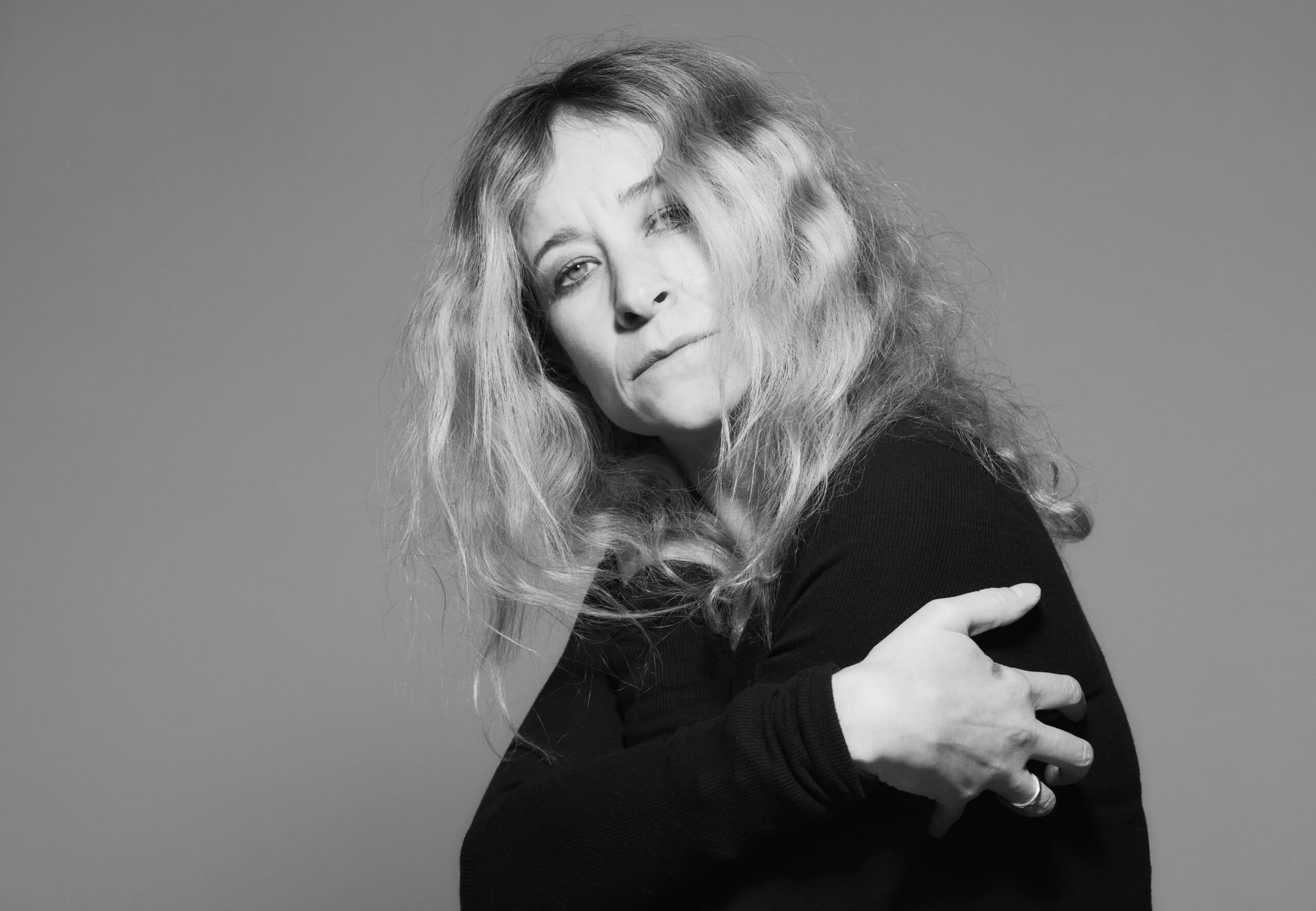
How have you previously engaged with environmental themes and how has this fed into your new collection?
I’m constantly raising awareness for animals and plants. I’ve just done a huge [mural] for Woburn Safari Park because there’s a particular tiger that’s endangered — the Amur tiger. I think it’s in me, I’ve got to [do it] until somebody takes notice. I’ve got friends who are activists fighting for the planet who are constantly trying to make change. I guess it’s only right to do the right thing.
What sort of message do you want people to take away from the exhibition?
All I’m saying in my paintings is that there’s beauty in every single bit of grass. Maybe they come away [thinking], Next time I go out, I’m going to take notice of the red and yellow in the falling leaves, or, There’s beauty in the winter tree. Look at your landscape rather than looking down at your phone.
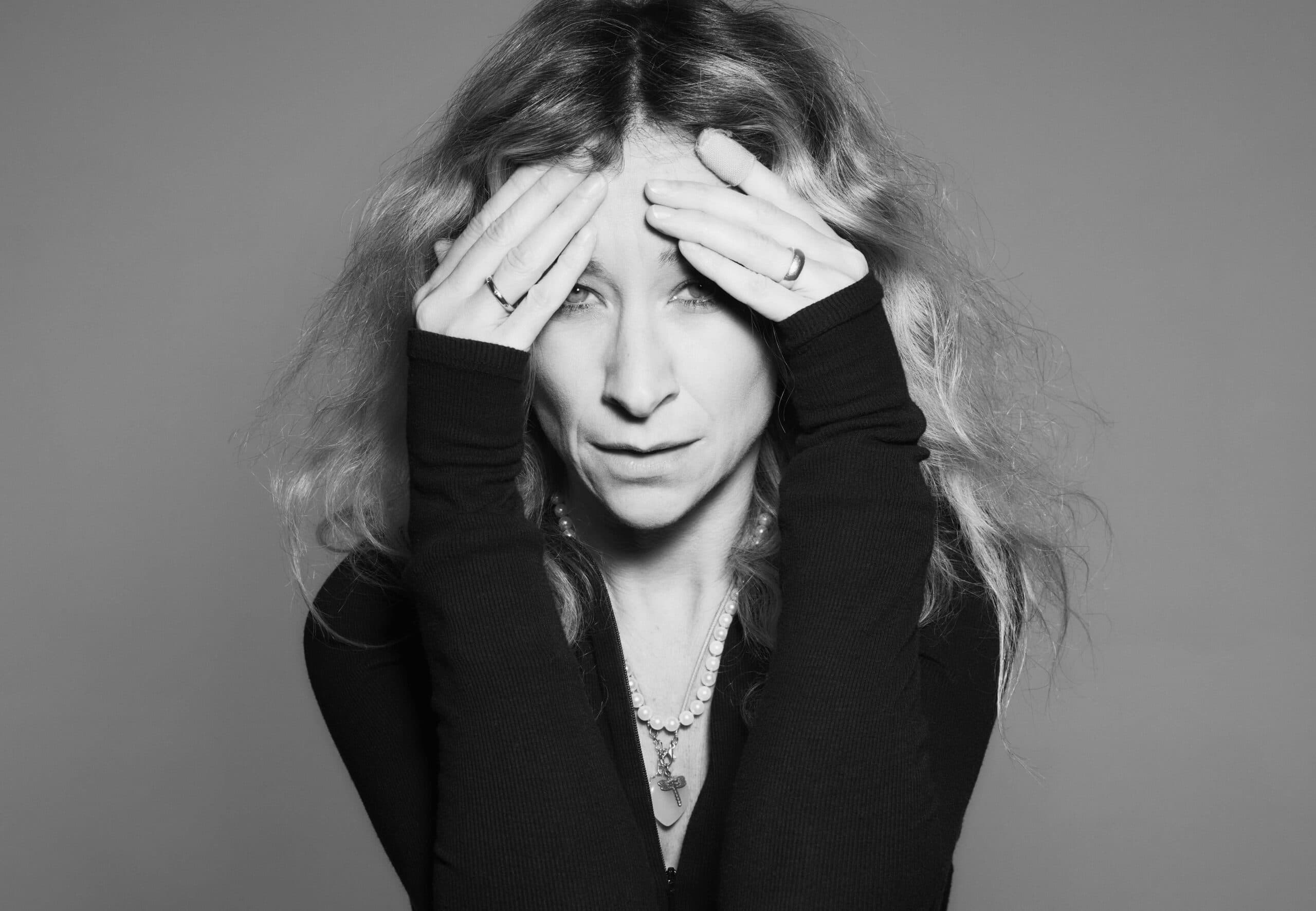
- PhotographerRankin
- WriterDaisy Finch
